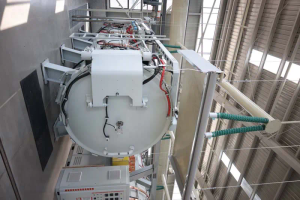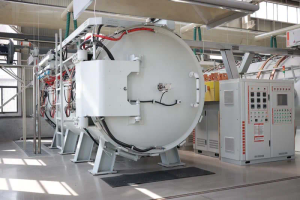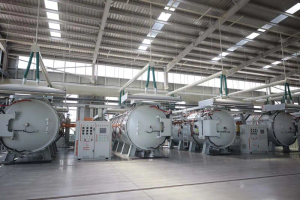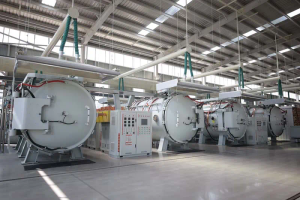12 Precautions for the correct use of laser engraving machine
Laser engraving machines are powerful tools that can produce high-quality and intricate designs on a variety of materials. However, they also require careful handling and operation to ensure safety and optimal results. In this article, we will discuss 12 precautions for the correct use of laser engraving machines to help users avoid accidents and maximize the machine’s potential.
1. Proper Training and Familiarization
Before operating a laser engraving machine, it is crucial to receive adequate training and familiarization with the equipment. Understanding the machine’s capabilities, safety features, and operational procedures is essential for safe and effective use.
2. Ventilation and Air Quality
Laser engraving produces fumes and smoke, especially when working with certain materials. It is important to have proper ventilation in the workspace and maintain good air quality to ensure the health and safety of the operator and prevent damage to the machine.
Machine Maintenance
3. Regular Cleaning and Maintenance
Regular cleaning and maintenance of the laser engraving machine are crucial for its proper functioning. Dust, debris, and residue can accumulate on the machine’s components, affecting performance and potentially causing safety hazards. Following the manufacturer’s maintenance guidelines is essential.
4. Inspection of Components
Before each use, it is important to inspect the machine’s components, including lenses, mirrors, and ventilation systems, to ensure they are clean, undamaged, and properly aligned. Any issues should be addressed before proceeding with the engraving process.
Material Compatibility
5. Use Approved Materials
Using materials that are not approved for laser engraving can pose serious safety risks, including the release of toxic fumes or damage to the machine. It is important to only use materials that are recommended and safe for laser processing.
6. Material Thickness and Composition
Understanding the thickness and composition of the material being engraved is essential for achieving the desired results. Different materials may require adjustments to the engraving settings to ensure clean and accurate results.
Operational Safety
7. Personal Protective Equipment (PPE)
Wearing appropriate personal protective equipment, such as safety glasses and gloves, is essential when operating a laser engraving machine. PPE helps protect against potential hazards, including flying debris and exposure to laser radiation.
8. Secure Workpiece Placement
Securing the workpiece properly during the engraving process is important to prevent movement or displacement, which can result in misaligned or incomplete engravings. Utilizing clamps, adhesives, or other securement methods is recommended.
![]()
Operational Procedures
9. Test Engraving
Before proceeding with a full engraving job, it is laser carving machine advisable to perform a test engraving on a small area of the material to ensure the settings are appropriate and the desired outcome is achieved.
10. Monitoring and Supervision
During the engraving process, it is important to closely monitor the machine and the workpiece to ensure everything is proceeding as intended. This includes being aware of any unusual sounds, smells, or visual anomalies.
Emergency Preparedness
11. Emergency Shutdown Procedures
Familiarize yourself with the emergency shutdown procedures for the laser engraving machine. Knowing how to quickly and safely stop the machine in the event of an emergency is crucial for preventing accidents and minimizing damage.
12. Fire Safety Measures
Have appropriate fire safety measures in place, including fire extinguishers rated for the materials being engraved and a clear evacuation plan. Being prepared for potential fire hazards is essential for ensuring the safety of the workspace and its occupants.
Laser engraving machines are valuable tools for creating intricate designs on various materials, but their proper use requires adherence to safety precautions and operational guidelines. By following the 12 precautions outlined in this article, users can minimize risks, maintain the machine’s optimal performance, and achieve high-quality results in their engraving projects.



